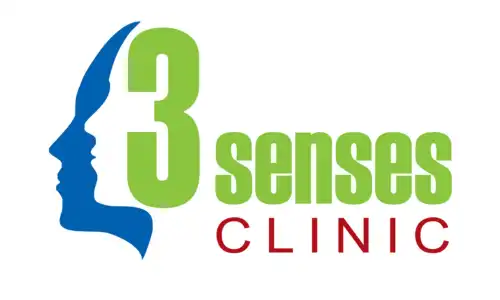Tips for Cleaning Your Ears: Safe and Effective Methods
Ear hygiene is often overlooked, yet it plays a vital role in maintaining overall health. While the body is naturally equipped to clean the ears by pushing out wax, sometimes wax buildup can occur, leading to discomfort or even hearing issues. Knowing the right tips for cleaning your ears ensures you remove wax safely without causing damage. From identifying the symptoms of impaction to understanding ear irrigation and its purpose, this guide covers everything you need to know about ear care.
Also Read: Hearing Loss: Understanding the Causes, Types & Treatments
Why Cleaning Ears is Important
Many people assume that earwax, also known as cerumen, is harmful. In reality, earwax protects the ear canal by trapping dust, bacteria, and debris. However, excessive accumulation can block the ear canal, leading to pain, itching, or temporary hearing loss. That’s why cleaning ears is important, but it should always be done using safe methods to avoid damaging the delicate inner structures of the ear.
Symptoms of Impaction
Excessive wax buildup can cause symptoms of impaction, which may include:
- Earache or discomfort
- Ringing in the ears (tinnitus)
- A feeling of fullness or pressure in the ear
- Reduced or muffled hearing
- Itching inside the ear canal
- Dizziness in severe cases
If these symptoms appear, professional care may be necessary to safely remove the blockage.
Also Read: Earwax Removal: Causes, Treatment & Home Remedies Explained
Ways to Clean Your Ears Safely
There are multiple ways to clean your ears, but not all are recommended. Cotton swabs, hairpins, or sharp objects should never be used as they can push wax deeper or injure the ear canal. Instead, try these safe alternatives:
- Ear drops: Over-the-counter drops soften earwax for natural removal.
- Warm water rinse: A gentle rinse in the shower can help wash out softened wax.
- Olive oil or mineral oil: A few drops can lubricate and loosen wax.
- Professional cleaning: Audiologists or ENT specialists can safely remove earwax using medical tools.
Ear Irrigation: What You Should Know
One of the most common methods for wax removal is ear irrigation. This involves flushing out earwax using a syringe filled with warm water or saline solution.
Purpose of Ear Irrigation
The main purpose of ear irrigation is to dislodge hardened wax that cannot come out on its own. It is particularly useful when drops and oils are not effective. This method restores clear hearing and relieves discomfort caused by impaction.
Risks of Ear Irrigation
While ear irrigation can be effective, it is not free from risks. Some potential risks of ear irrigation include:
- Ear canal irritation
- Temporary dizziness
- Risk of infection if not done hygienically
- Damage to the eardrum if excessive force is used
It is always advisable to get ear irrigation done by a healthcare professional rather than attempting it at home.
Home Remedies vs. Professional Cleaning
Home remedies like using oils or ear drops are generally safe for mild cases of wax buildup. However, if symptoms of impaction persist or worsen, professional cleaning is the safest option. ENT specialists use tools like curettes, suction devices, or controlled irrigation to clear blockages effectively.
Preventing Earwax Buildup
Instead of frequent cleaning, focus on prevention. Simple tips include:
- Avoid inserting objects into the ear canal.
- Use ear drops occasionally if prone to buildup.
- Keep ears dry after swimming or bathing.
- Schedule routine ear checkups if you are prone to impaction.
Final Thoughts
Practicing proper ear hygiene is essential for healthy hearing. By following safe tips for cleaning your ears and understanding when to seek professional help, you can avoid the discomfort and risks associated with earwax buildup. While ear irrigation serves as an effective method, it should be used cautiously, and only under medical supervision. Remember, cleaning ears is important, but it must be done correctly to protect your hearing health.
FAQs
1. How can I clean my ears naturally at home?
You can clean your ears naturally at home by using ear drops, olive oil, or a gentle warm water rinse. These methods help soften and remove wax without damaging the ear canal. Avoid cotton swabs or sharp objects, as they may worsen the problem.
2. How to remove ear wax?
The safest way to remove earwax is with ear drops, oils, or professional cleaning. In some cases, doctors recommend ear irrigation to flush out hardened wax. If you notice symptoms of impaction such as pain, reduced hearing, or pressure in the ear, consult a healthcare provider.
3. Can I clear my ear wax myself?
Yes, mild earwax buildup can be cleared at home with drops or oils. However, if wax is deeply impacted, self-cleaning may not be safe. Professional cleaning or ear irrigation performed by a doctor is the best option to prevent risks like infection or injury.

